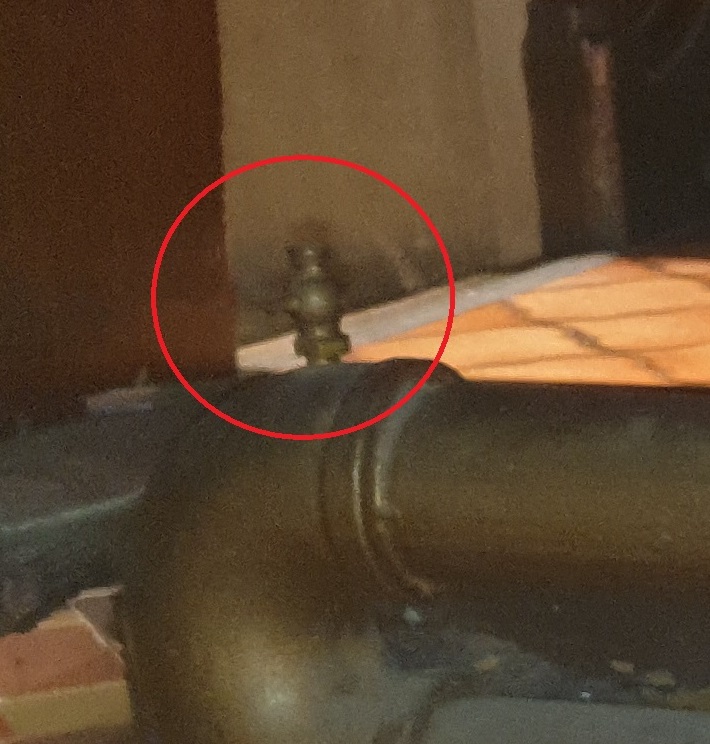Is hot water getting to the radiators?#
Sometimes you can tell that the boiler is hot, but the hot water isn’t getting to the radiators. Here are some of the possible reasons. To get good service from the company you engage, you need to be as explicit as possible about what the problem is. Here are some other commonly found problems you could look for or ask your service provider about.
Air in the system. If a radiator is cold at the top and warm at the bottom, then the problem is air in it. You can fix this yourself by bleeding the radiator when the system is cold. Don’t do it when the system is running as this can damage the boiler. Old fat pipe systems could have bleed valves on the pipes. If you don’t bleed them, you might stop getting heat to an entire set of radiators.
Sludge in the system. If a radiator or pipe is cold at the bottom and hot at the top even though the system has been on for a few hours, there’s probably sludge in the way slowing the water down. If this is the problem, the solution might be a chemical or power flush and a magnetic filter. For very old pipework, make sure your service provider is thinking about whether the pipes can take the strain before they go ahead. Sludge can also block filters in the system. In this case, the pipe will be different temperatures either side of the filter and the filter needs cleaning.
Valves broken or set incorrectly. Valves control the flow of water through pipes and into radiators. They might be set permanently, controlled by a motor, or operated manually by means of a lever or dial. Motorised valves get stuck sometimes. Levers can get knocked closed or moved by building users especially if they are at the back of a cupboard in a public area. Thermostatic radiator valves - the ones on radiators that users can use to change the room temperature - break easily and often get wrenched all the way off by people who are too hot. Valves that require tools to reset are less likely to go wrong, but it’s not unknown to find them closed when they should be open or open when they should be closed. You may be able to tell - look for pipes and radiators that are completely cold or cooler than you would expect and then look for valves between them and the boiler.
Boiler that won’t hold pressure. A well-maintained heating system shouldn’t need repressurising between annual services, although bleeding the radiators can make the pressure drop. You shouldn’t let building users repressurise the boiler themselves because if they do it while the system is running they could damage it, and you should keep track of how often you have to repressurise to get a sense of whether there is a problem. If your boiler loses pressure frequently, you don’t necessarily need a new boiler. You may just need a new pressure release valve, expansion vessel, or heat exchanger. Your supplier should diagnose what the actual problem is and help you make a judgment about the most worthwhile course of action. The problem might not be the boiler, but instead could be a leak somewhere or the expansion vessel inside may need to be repressurised.
Wrong pump size or setting. It can be a problem if pumps are too small or too large. In older community buildings, too small is more common. Most recent pumps are variable speed so this can be corrected to some degree, but installers rarely do the work to check which speed is best. If it takes a very long time from when you turn the system on until the “return” pipe at the boiler starts to get warm, this could be the problem, but how long to expect depends on many things.
Botched multi-boiler installation. In the 1990s, suppliers started replacing large boilers with multiple smaller ones. Especially in the early years, they often got the pipework diameter and arrangement of valves and pumps wrong. If you think there’s something wrong with how long it takes your system to warm your building and your installation doesn’t match the best practice diagram linked below, this could be the problem. Other cheaper arrangements might be sensible, so your best option is to engage an independent heating consultant.
System not balanced. The lockshield valve on a radiator controls the rate at which hot water flows into a radiator. This is different from a thermostatic radiator valve, which just determines whether any water flows through. Lockshield valves are meant to be “balanced” across a system so that all the radiators get their portion of the heat, but works over the years means they are probably no longer balanced. That can make the some radiators colder than they should be. If you are patient and methodical, you can check the balance yourself, but you probably want to get a professional in to do the actual balancing because it involves moving valve positions. They’re best placed to fix the valve if it starts to leak. Unfortunately, it can be hard to convince them to do this work. Radiator valves that keep a system in balance automatically are starting to come on the market but this seems a relatively expensive way to address what is an occasional re-balancing need.

